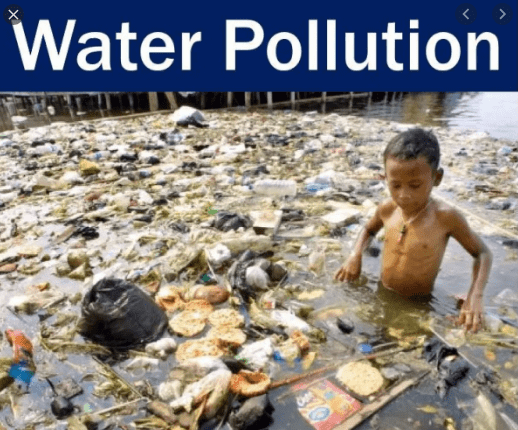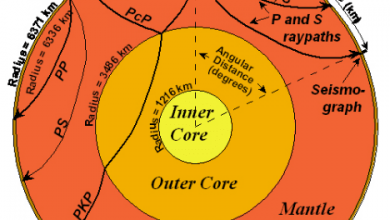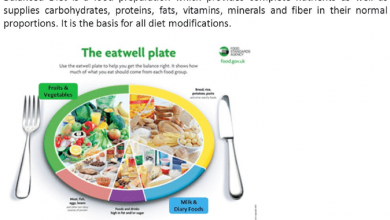Water Pollution Causes and Effects
Factors of water pollution and what type of diseases are transmitted by using polluted water?
Water pollution is very prominent and widespread as a result of urban and industrial activity. Sewage waste from cities and industrial waste are the many factors of water pollution. Many other kinds of wastes that pollute water are from agricultural lands that contain pesticides, waste food, fertilizers, and animal excreta.
waste are the many factors of water pollution. Many other kinds of wastes that pollute water are from agricultural lands that contain pesticides, waste food, fertilizers, and animal excreta.
Wastes from power plants contain radioactive materials, hot water, and minerals which also pollute the water. Soaps, detergents, human excreta, animal faces, wastes from slaughterhouses, disease-causing micro-organisms from patients and chemicals, etc. are induced in sewage washes from cities.
Acids, pesticides, plastics, inorganic salts, bases, toxic organic wastes, and wastes from food, fertilizer, and poultry industries are also the main cause of water pollution.
Diseases by Polluted water
Bacteria, viruses, protozoa, and worms are carried in polluted water. The diseases caused by them are as under:
- Bacteria: Typhoid, cholera, dysentery, enteritis.
- Viruses: Hepatitis, polio, viral enteritis.
- Protozoa: Amoebic dysentery, diarrhea.
- Parasitic Worms: A few common diseases are mentioned here:
Diarrheal diseases
Intestinal diseases, such as cholera, may cause dangerous dehydration. Diarrhea may be caused by viruses, bacteria, or parasites.
Dysentery
Dysentery is an intestinal disease that is typically caused by certain bacteria or parasites. It is characterized by severe diarrhea that may be accompanied by blood or mucus.
Cholera
Cholera is an acute infection caused by the bacteria Vibrios cholera, which may be found in water contaminated by human feces. Cholera causes severe diarrhea and can be fatal.
Cryptosporidium
Waterborne micro-organism (protozoa) causes gastrointestinal illness (cryptosporidiosis) including diarrhea and vomiting. These tiny pathogens are found in surface water sources like reservoirs, lakes, and rivers.
Fluorosis
Fluorosis is a disease caused by the consumption of excess fluoride. Fluorosis can cause bone and teeth damage.
Hepatitis
It is liver inflammation commonly caused by one of five viruses called hepatitis A, B, C, D, and E. Hepatitis A and E can be transmitted by contaminated water.
Hookworm
Hookworm is a parasitic worm that infects the small intestine. Severe cases can result in anemia and stunted growth in children. Hookworm larvae enter the body through the skin, often via the feet. Spread by poor sanitary conditions, hookworms infect about one billion people worldwide per annum.
Jaundice
Jaundice is caused by the excess of bile pigments in the blood. The liver ceases to function and the eyes turn yellow. Patients feel weakness and fatigue.
Typhoid
A dangerous bacterial disease is often spread by contaminated water or by food prepared with contaminated water.
Methods to control water pollution
Different methods can be used to control water pollution. The whole sewage waste should be dumped after any treatment. Sewage treatment plants should be installed in cities, especially in big cities. The sewage waste from the cities goes to drains and ultimately ends up in rivers. It must be avoided to save water from pollution.
Wastes from industrial areas add toxic metals like chromium from tanneries to natural waters. The wastes from the industrial areas should be treated before reaching natural water. Pesticide industries and fertilizer industries release toxic wastes which must be treated chemically.
New industries are required to build up at long distances away from the cities and rivers. Natural dumping in oceans should be banned. Modern scientific methods should be used in agriculture.


